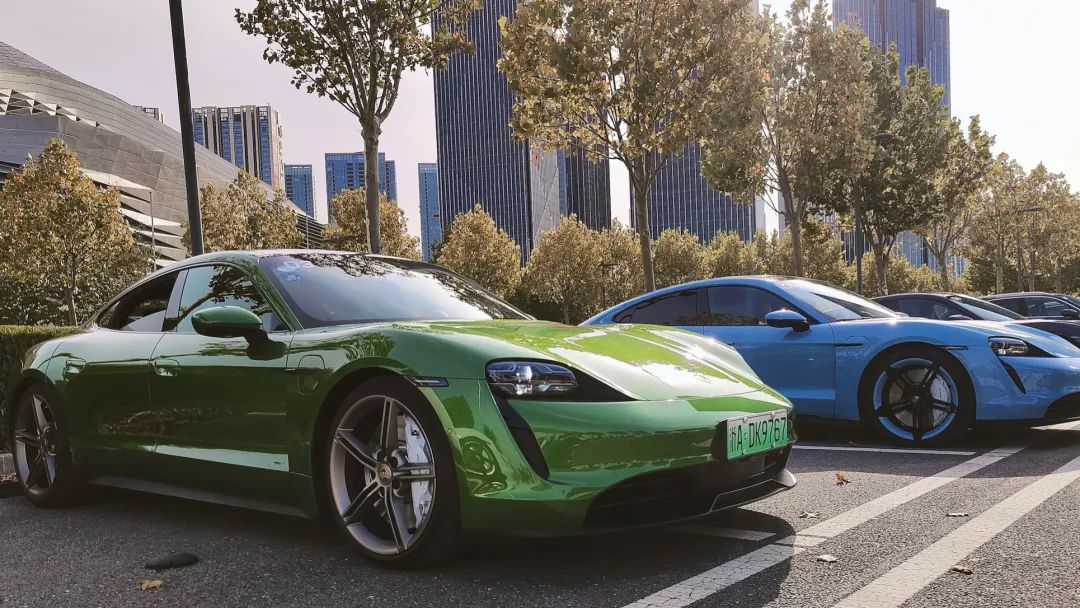
As a loyal Tesla fan, I was actually skeptical when Porsche officially launched the Taycan. The reasoning was simple: the Taycan is much more expensive than the Tesla Model S, yet has significantly shorter range.
This is almost always the two points raised by every “critic” of the Taycan model. Although electric vehicles are not a new concept, and have even been around longer than gasoline vehicles, Tesla became the first player to truly open the electric vehicle market by demonstrating that “electric vehicle range is comparable to gasoline vehicles, and charging speed is not too slow,” thus laying the foundation for market acceptance of electric vehicles.
Consequently, most consumers judge the quality of electric vehicles based solely on the dimensions of “range” and “charging,” and I am no exception. However, after personally experiencing the Porsche Taycan, I suddenly realized the flaws in this standard.
When most people criticize the “shortcomings” of something and their opinions are remarkably consistent, it means that the remaining points not mentioned are actually recognized as advantages.
First and foremost, it’s a Porsche
The reason I say the Taycan is first and foremost a Porsche is not merely because of the brand, but because of what the brand represents.
In Porsche’s eyes, whether it’s an electric vehicle or a gasoline vehicle, it fundamentally must be a car that performs well on the track, and only then can it be considered anything else. This encompasses not just performance, but also the unique feel of handling, which is why Porsche has become the brand with the strongest premium capability in the sports car market.
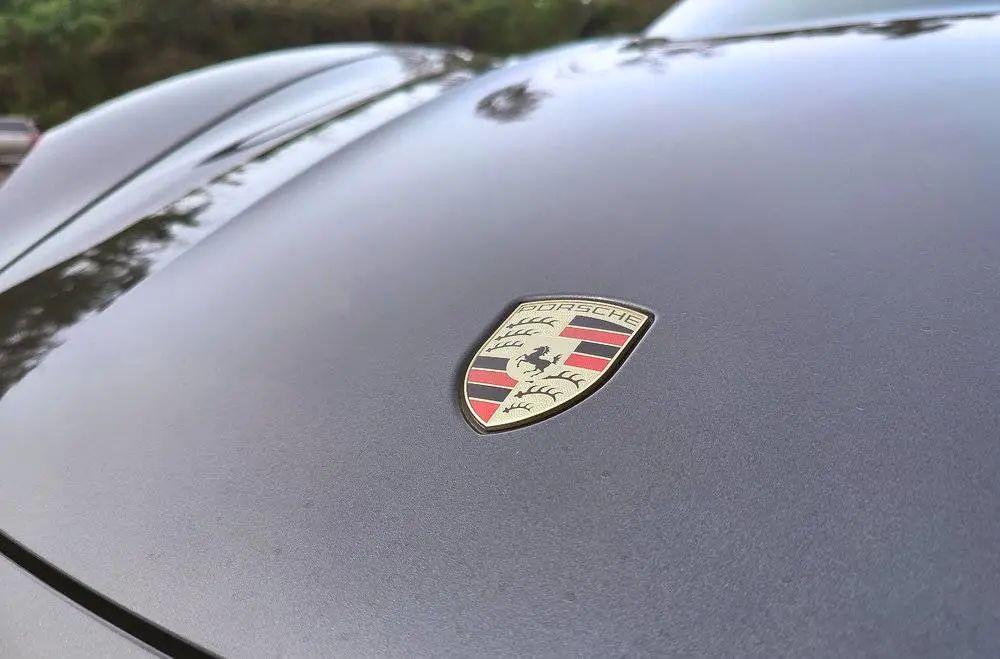
To be honest, as someone who has only driven the Porsche 718, I was somewhat excited to test drive the Taycan. After all, no matter how much debate there is online, it is indisputable that the Taycan outperforms the Model S in terms of performance and handling, as evidenced by its Nürburgring lap time of 7 minutes and 42 seconds.
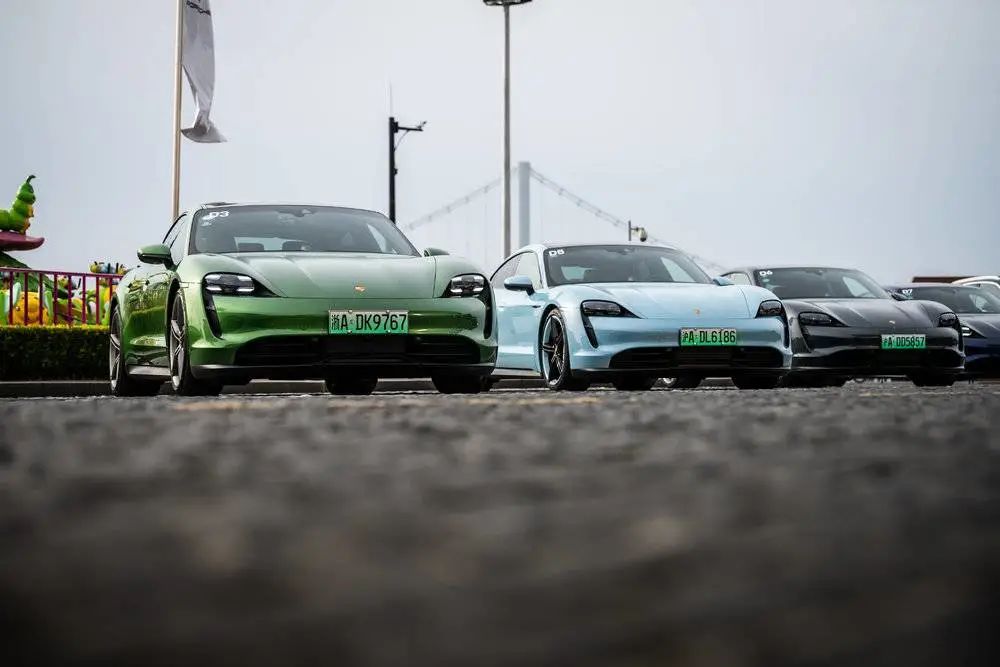
However, as a Tesla fan, I also wanted to delve deeper into the Taycan and find some faults to “maintain” my previous views, so I wouldn’t end up contradicting myself. After the test drive, I found that my initial disdain was completely unfounded.
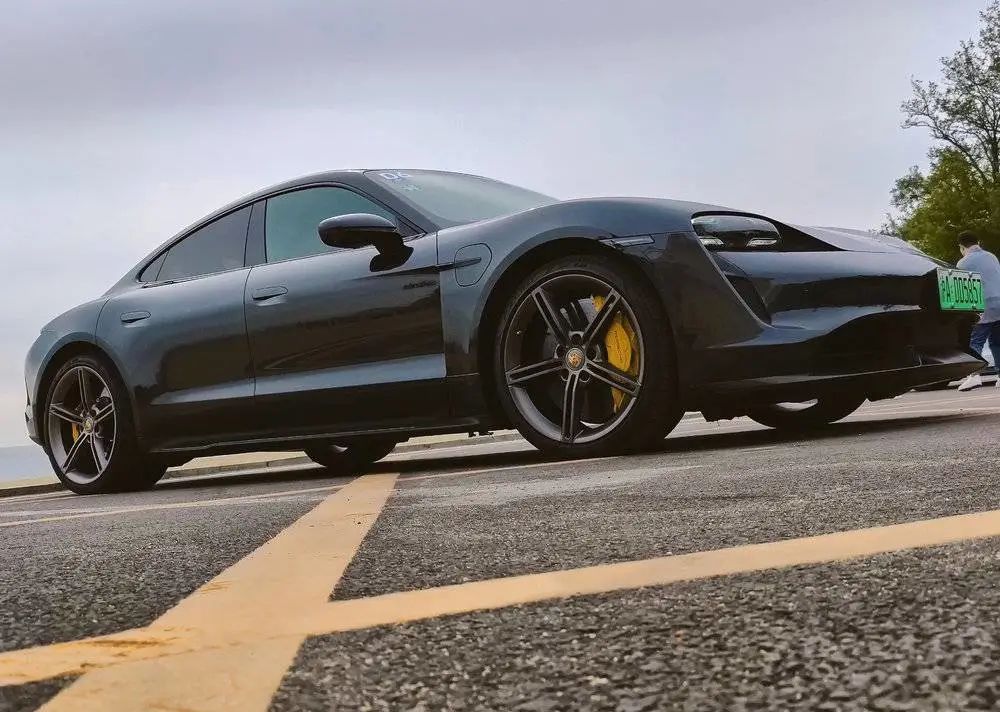
First, driving the Taycan does not feel like the “careful” experience of driving other electric vehicles.
Most people who have driven electric vehicles know that because they are particularly concerned about the issue of “range,” they constantly monitor their current energy consumption and remaining mileage. In my previous experiences with numerous electric vehicles, hardly any could escape this concern. In most test drives, the electric vehicle’s role was merely as a mode of transportation.
However, when driving the Taycan, I was not worried about these issues at all. Don’t get me wrong; it’s not because it’s a test vehicle, so I don’t have to worry about whether the range is sufficient or where to charge. Rather, once you sit in the driver’s seat, the entire interior layout and Porsche branding constantly remind you that this is not just a vehicle for commuting; it truly belongs on the track or mountain roads.
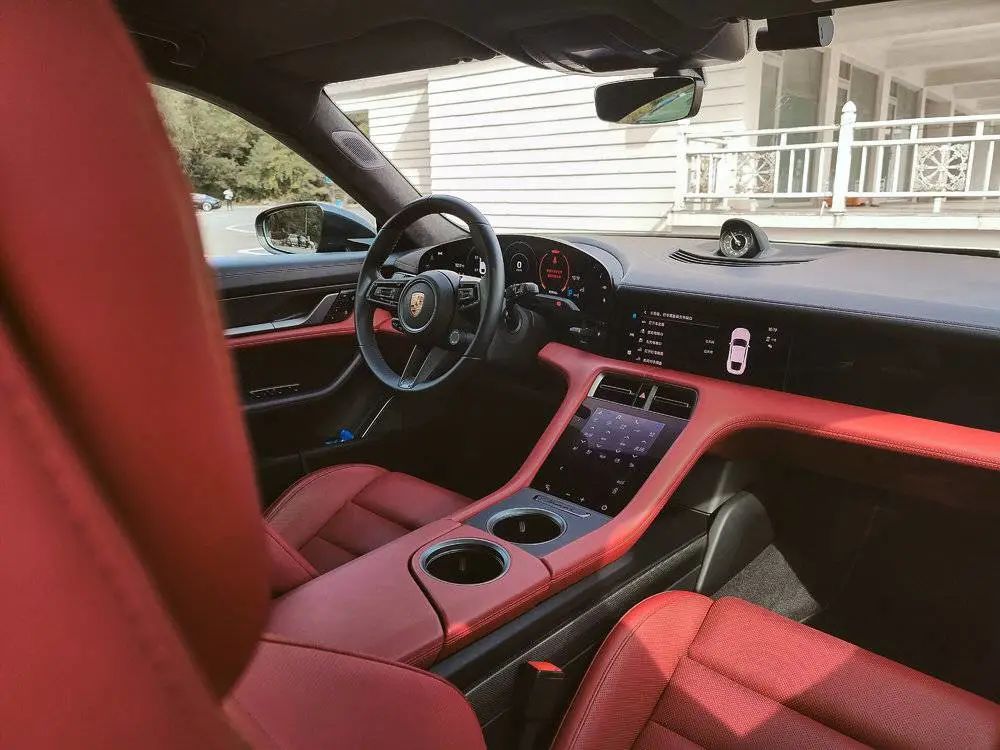
In today’s world, where “large screens” and “smart technology” are prevalent, many car manufacturers simply stack different hardware and software together without an overall plan or design, resulting in a user experience that feels decent but somehow off. Porsche’s philosophy for cockpit layout is “clear and concise”; all controls are arranged around the driver, with virtual buttons mostly reserved for less critical settings like air conditioning, while core driving settings are either retained as physical buttons or easily accessible in menus.
This atmosphere allows users to focus intensely on driving, but that’s not all; if the car is boring to drive, it can’t be considered fun to drive.
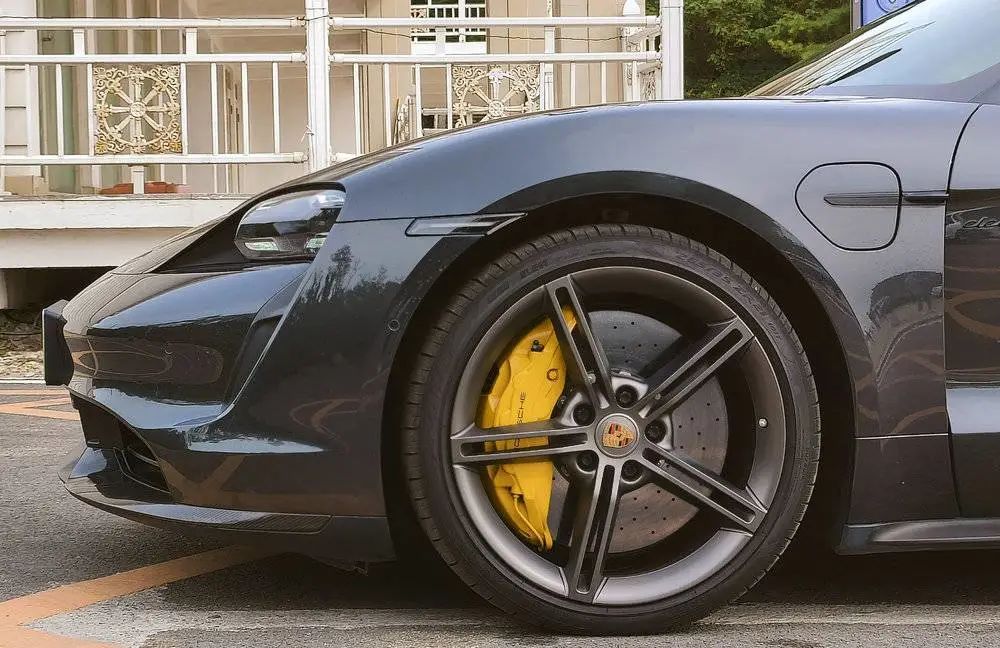
The Taycan is equipped with a permanent magnet synchronous motor on both the front and rear axles, capable of outputting up to 761 horsepower and 1050 Nm of torque during launch control, with a peak power of 625 horsepower in normal conditions, achieving an official 0-100 km/h time of just 2.8 seconds. Of course, strong power in electric vehicles is not particularly novel, and there is no absolute correlation between power and driving feel; what truly affects vehicle handling comes from the design and tuning of the chassis, suspension, and steering systems.
And these happen to be Porsche’s specialties.
Although I didn’t get to experience the Taycan on the track, once I hit the mountain roads, the Porsche essence gradually became clearer. The most noticeable feeling is that although the Taycan weighs over 2.2 tons, you completely do not perceive the weight of the vehicle when cornering. Conversely, even though the Taycan has a wheelbase only 50mm shorter than the Panamera, it feels like a compact vehicle when driving, with a fluid and agile cornering posture.

Of course, this is thanks to Porsche’s 4D chassis control system and active suspension system, as well as the rear-axle steering system. On one hand, it provides sufficient body rigidity combined with intelligent motor adjustments to support rods to control body roll; on the other hand, through rear-axle steering, it reduces the turning radius, effectively “shortening” the wheelbase.
Additionally, it is particularly worth mentioning that the Taycan’s kinetic energy recovery system is different from most electric vehicles. Many people who have test-driven electric vehicles feel dizzy because the kinetic energy recovery is triggered when the throttle is released, which is entirely different from the driving habits of gasoline vehicles, resulting in an uncomfortable deceleration rhythm. However, the Taycan also has a powerful 265 kW kinetic energy recovery power, but it only activates during the initial travel of the brake pedal, aligning perfectly with the logic of gasoline vehicles.

The most impressive aspect is not this mechanism, as it’s not particularly difficult to design if one wants to. The challenge lies in whether the transition from kinetic energy recovery to the actual brake system activation is smooth, and the Taycan achieves this to the point where the difference is almost imperceptible. That is, whether the braking force provided by kinetic energy recovery or the physical brake system is engaged, it is not determined by the depth of the pedal press but is adjusted flexibly according to the actual braking force required, making the driving experience seamlessly integrated.
And only then is it an electric vehicle
As early as 1900, Porsche designed its first electric vehicle, and regarding modern electric drive system technology, Porsche is well-versed. During the hybrid era of the WEC World Endurance Championship, the Porsche 919 Hybrid race car won the Le Mans 24-hour endurance race championship three times from 2015 to 2017, and is preparing to enter the Formula E electric racing series starting at the end of this year. In such high-level competitions, there are extremely high requirements for motor performance, thermal management systems, and kinetic energy recovery systems, and Porsche is undoubtedly one of the most familiar and experienced manufacturers.
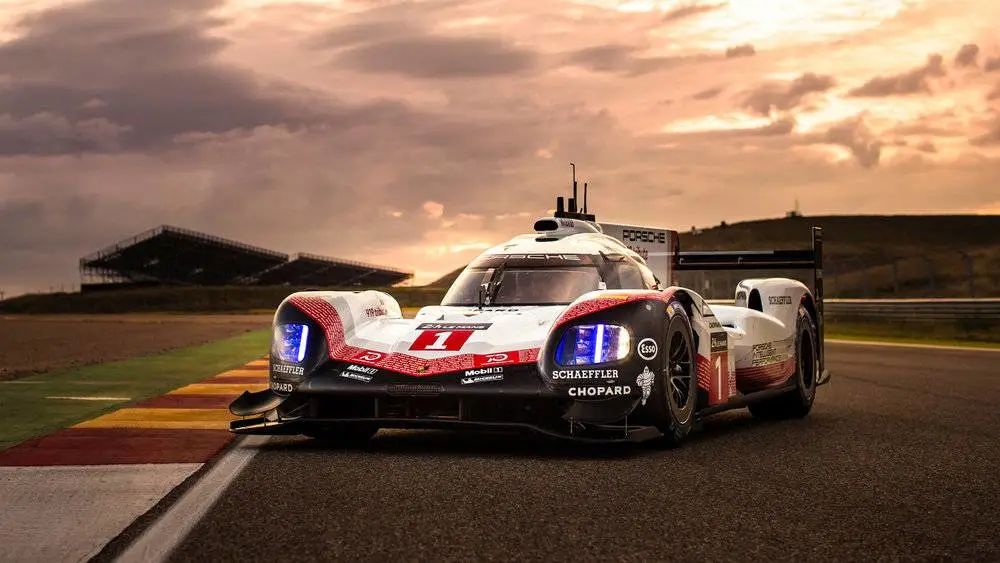
So when Porsche unveiled the Mission E at the Frankfurt Motor Show in 2015, most people were very excited and looking forward to it because Porsche, as a traditional automotive manufacturer and a highly trusted sports car brand, deciding to make electric vehicles was thrilling for all car enthusiasts.
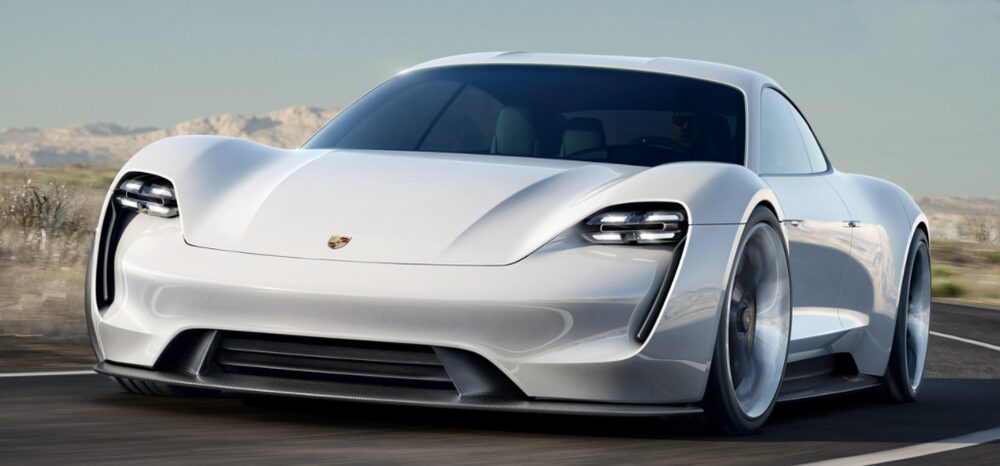
By the time the Taycan was officially launched, aside from some minor design adjustments, almost everything Porsche promised had been realized. Especially the highly anticipated electric drive system, which Porsche has almost perfected.
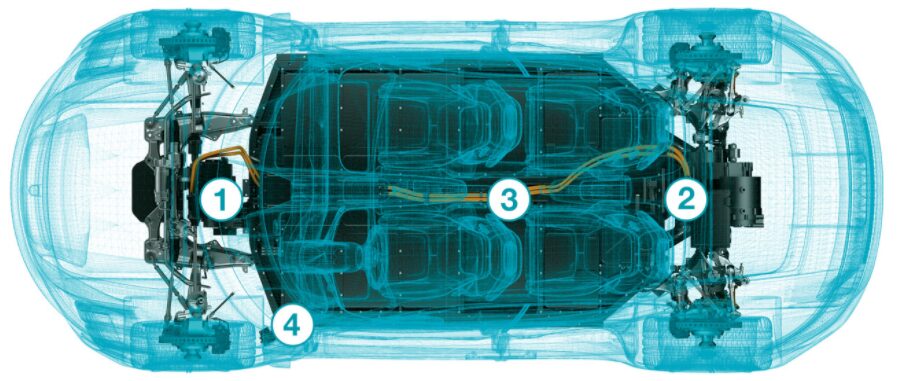
The electric drive system of electric vehicles appears to have many advantages, but in reality, there is a significant drawback: “insufficient power at high speeds.” This may not be a problem for everyday use, but it is a fatal issue for racing.
The reason most electric vehicles do not have multi-speed gearboxes is that the characteristics of electric motors allow them to achieve maximum torque over a wide range, satisfying acceleration needs, which meets most driving speed requirements. However, at high speeds, the motor’s RPM becomes excessively high, leading to a drop in torque, resulting in the feeling of “insufficient power at high speeds.”

(Motor speed and torque and power characteristics; the RPM of the electric motor can reach 15000 RPM)
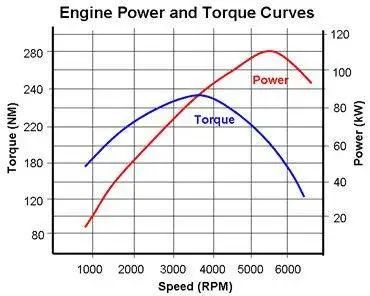
(Internal combustion engine speed and torque and power characteristics; a gearbox is added to control speed and ensure that it remains at high torque)
Therefore, in order to pursue higher top speeds and better high-speed performance, the Taycan incorporates a two-speed gearbox on the rear axle to ensure high torque acceleration performance at both low and high speeds, as well as the crucial efficiency issue.
Moreover, Porsche has an exaggerated obsession with the performance of the motors and the thermal management system. In the extreme durability testing of the Taycan, it achieved a continuous 26 launches from 0 to 200 km/h, with the results varying by only 0.8 seconds between the fastest and slowest, which speaks volumes about the strength of this system.
Finally, we return to the two fundamental issues of electric vehicles: “range” and “charging issues.”
Regarding range, this is a daily topic in the era of electric vehicles, and everyone has different needs and satisfaction levels. However, anyone who has driven a performance car knows that while enjoying the driving pleasure and strong performance of gasoline vehicles, no one cares whether a tank of gas can only take them 200 km or 100 km; the root reason is that trading range for performance is a very “worthwhile” deal.
The real source of anxiety is actually refueling; no matter how fuel-efficient a gasoline vehicle is, it only takes a few minutes to refuel at a gas station, which are ubiquitous. However, most electric vehicles do not have this capability, which is why there is particular concern about range.
Porsche’s solution is the 800V high-voltage electrical architecture, which not only reduces the weight of the wiring harness but also significantly improves charging speed. Although Porsche did not achieve the promised 350 kW fast charging from the Mission E era, and due to domestic charging interfaces supporting a maximum current of 250A, the maximum charging power using 800V fast charging stations in China is only 200 kW. However, under optimal conditions, according to the NEDC standard, you can add 100 km of range in just 5 minutes.
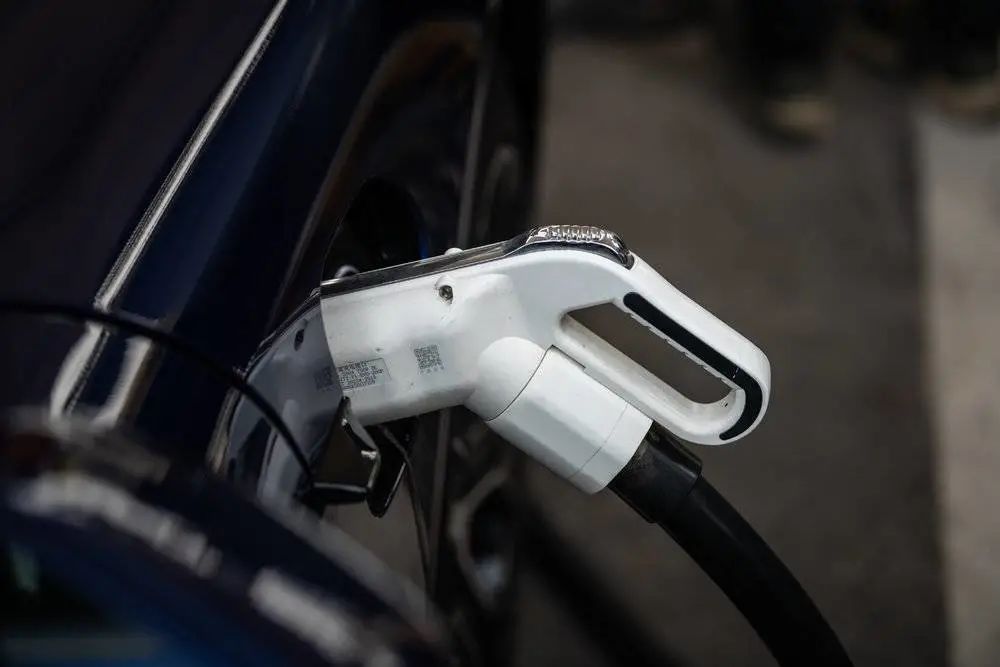
If we only consider the two dimensions of “price – range,” it indeed seems that the Taycan is not a “qualified” electric vehicle. However, once we incorporate “performance – Turbo charging,” it is enough to make those who love racing and have an affinity for electric vehicles fall in love.
Porsche has never been a sports car brand aimed at the masses; its high premium capability and performance in various competitions have kept it in a superior position. While people admire it, each person secretly wishes to own such a racing weapon. Especially after Porsche launched the Cayenne and Panamera models, more non-track-oriented individuals have also fallen in love with the brand, but still due to the brilliance behind the Porsche brand.
As Tesla has begun to focus on the “mass market,” those in need of high-end electric vehicles, especially those pursuing driving experiences and performance, find the Porsche Taycan to be almost the only choice.
If you have any objections or complaints regarding this article, please contact [email protected]
End
Who hasn’t had a period of emptiness?
How did you spend your emotional void?
Scan the QR code below or click to read the original text
to chat with Huxiu!
I heard you can win a mysterious black box?

👇Click to read the original text to participate